Gardens are often seen as spaces for relaxation, beauty, and connection with nature. But what if your garden could serve a dual purpose—decorating your space with lush greenery while also providing nutritious, edible leaves for your kitchen? Many plants are not just ornamental; they also offer edible leaves packed with vitamins, minerals, and unique flavors. Growing such plants can transform your garden into a functional and aesthetic haven.
In this article, we’ll explore five garden plants with edible leaves that strike the perfect balance between beauty and taste, making your garden both delightful and practical.
1. Swiss Chard – A Rainbow of Color and Nutrition
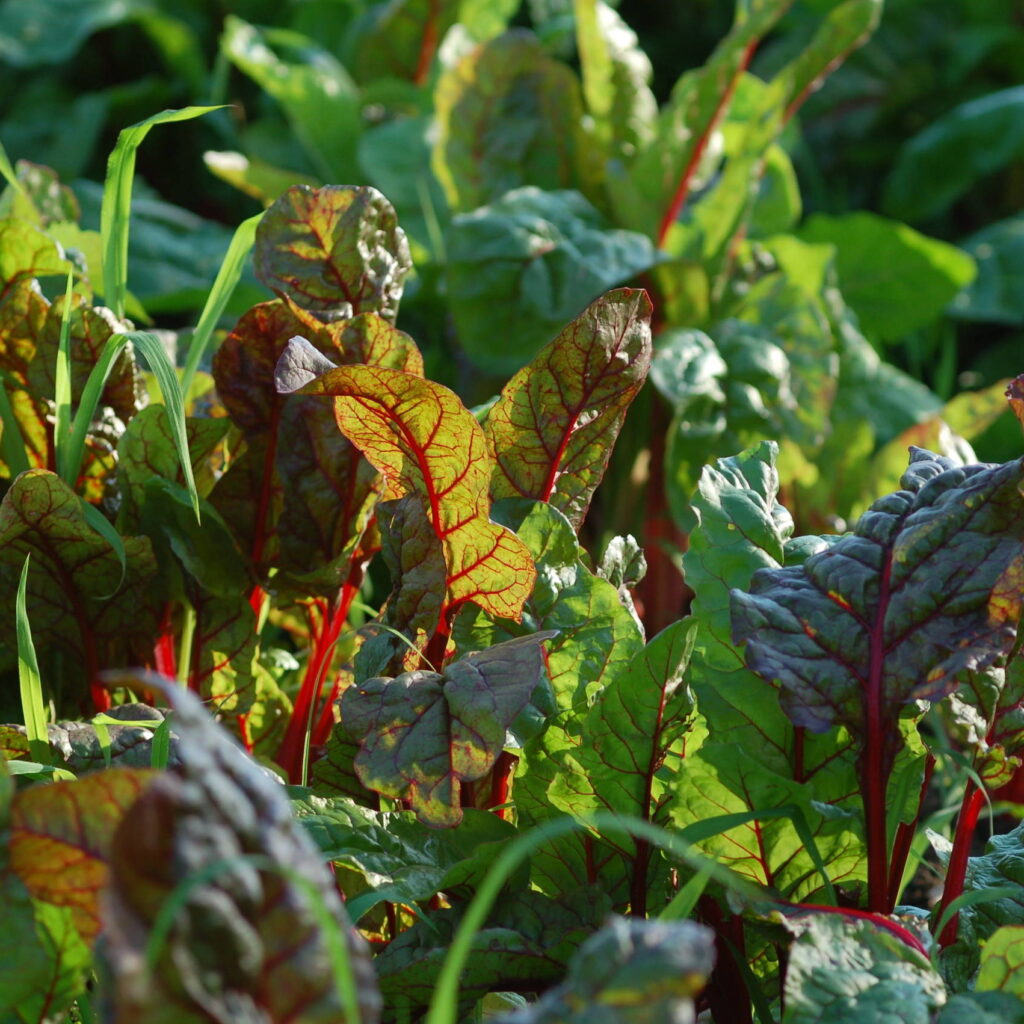
Why It’s Special:
Swiss chard is one of the most ornamental leafy greens you can grow. With brightly colored stems ranging from golden yellow to ruby red and deep green crinkled leaves, it adds vibrancy to any garden bed or container. Beyond its stunning looks, it’s a powerhouse of nutrition, rich in vitamins A, C, and K, as well as iron and magnesium.
Garden Beauty:
- The striking veins and stems make chard an eye-catching centerpiece in vegetable beds.
- Compact enough to grow in pots, borders, or even among flowers.
Culinary Uses:
- Leaves can be sautéed with garlic and olive oil for a simple side dish.
- Young leaves are tender enough for salads.
- Larger leaves make a great substitute for spinach in quiches, soups, or curries.
Care Tips:
- Prefers full sun but tolerates partial shade.
- Needs regular watering to keep leaves tender.
- Harvest outer leaves frequently to encourage continuous growth.
2. Kale – The Stylish Superfood
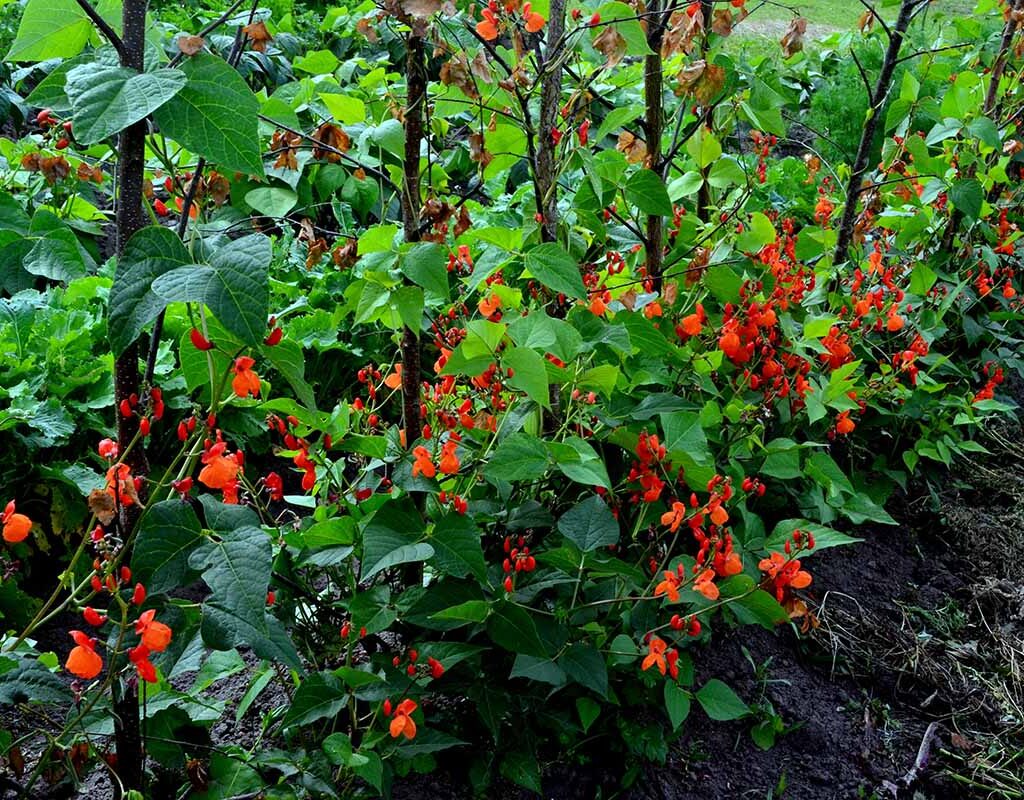
Why It’s Special:
Kale has become a symbol of healthy eating, but it’s also a decorative garden plant. With curly, frilly, or even purple-tinted leaves, kale can be grown as both an edible and ornamental feature. Its frost tolerance means it provides greenery when most other plants fade.
Garden Beauty:
- Varieties like ‘Red Russian’ or ‘Ornamental Kale’ bring unique textures and colors.
- Works beautifully in flower beds or as edging around pathways.
Culinary Uses:
- Perfect for green smoothies and fresh salads.
- Bakes into crispy kale chips with just a little oil and salt.
- Can be added to soups, stews, and stir-fries for extra nutrition.
Care Tips:
- Thrives in cooler weather, making it ideal for fall and winter gardens.
- Requires well-drained soil with plenty of compost.
- Regular harvesting of outer leaves promotes new growth.
3. Spinach – A Classic Garden Favorite
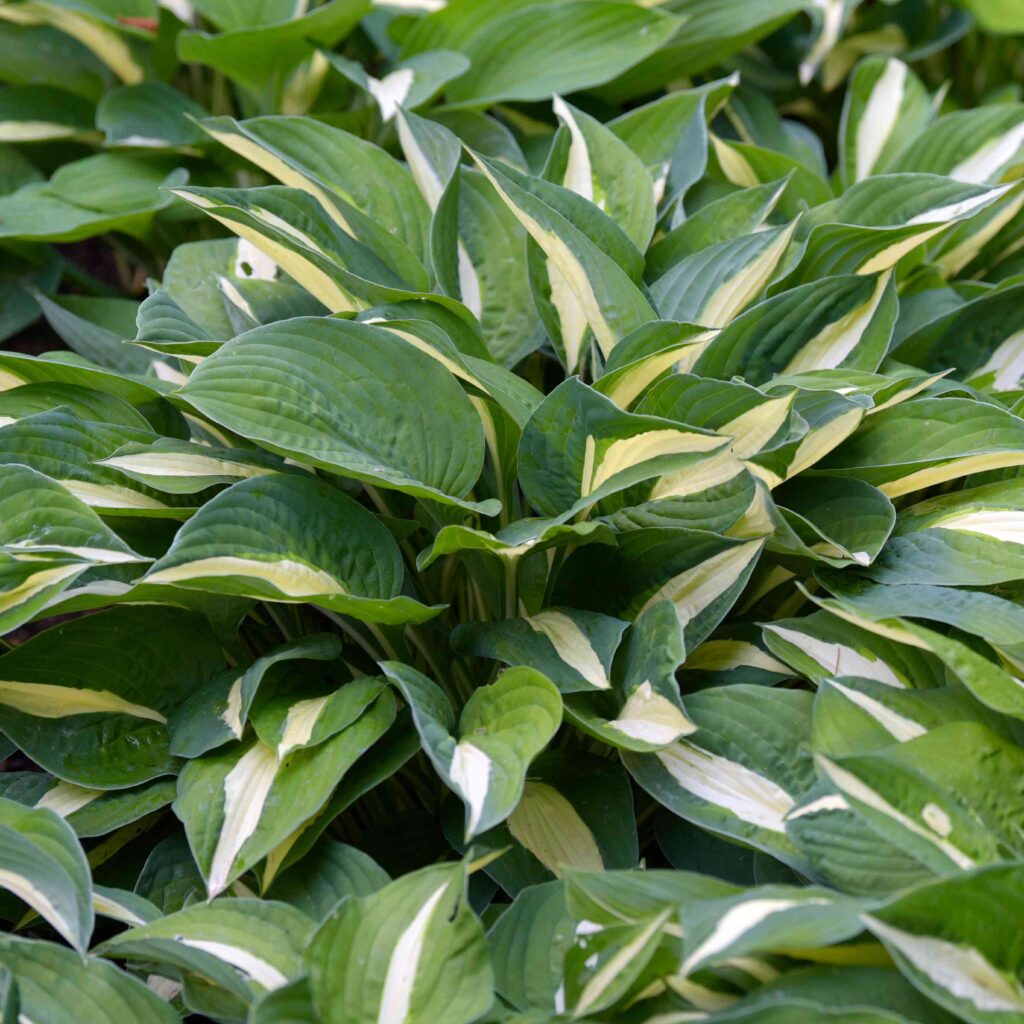
Why It’s Special:
Spinach is a staple leafy green loved worldwide for its versatility and nutritional value. It’s high in iron, folate, and antioxidants, making it a health-boosting addition to meals. Its smooth or slightly crinkled leaves add lush greenery to garden spaces.
Garden Beauty:
- Grows as low rosettes of fresh green foliage, great for filling gaps in beds.
- Can be interplanted with flowers or taller vegetables for contrast.
Culinary Uses:
- Tender leaves are excellent raw in salads or sandwiches.
- Pairs beautifully with cheese in omelets, pies, or pasta dishes.
- Adds a mild, earthy flavor to soups, curries, and smoothies.
Care Tips:
- Prefers cool weather and partial shade in hot climates.
- Keep soil consistently moist to prevent bolting.
- Harvest young leaves for the best taste.
4. Malabar Spinach – A Tropical Climber with Edible Foliage
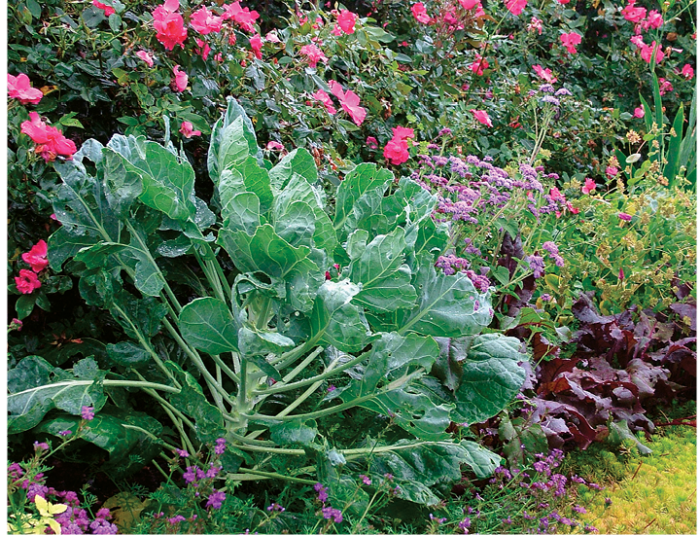
Why It’s Special:
Unlike regular spinach, Malabar spinach is a fast-growing vine that thrives in warm climates. Its glossy green leaves and purple-red stems make it a striking addition to trellises, walls, or fences. Besides its ornamental value, the succulent leaves are edible and nutritious.
Garden Beauty:
- A twining vine that adds vertical interest to gardens.
- The lush foliage and colorful stems provide year-round appeal in tropical regions.
Culinary Uses:
- Leaves are thicker and slightly mucilaginous, perfect for soups and stews.
- Commonly used in Asian and Indian cuisines.
- Can be stir-fried with garlic or cooked with lentils and spices.
Care Tips:
- Requires warm weather and plenty of sun.
- Grows best with support such as trellises or poles.
- Regular harvesting prevents it from becoming too vigorous.
5. Nasturtiums – Flowers and Leaves You Can Eat
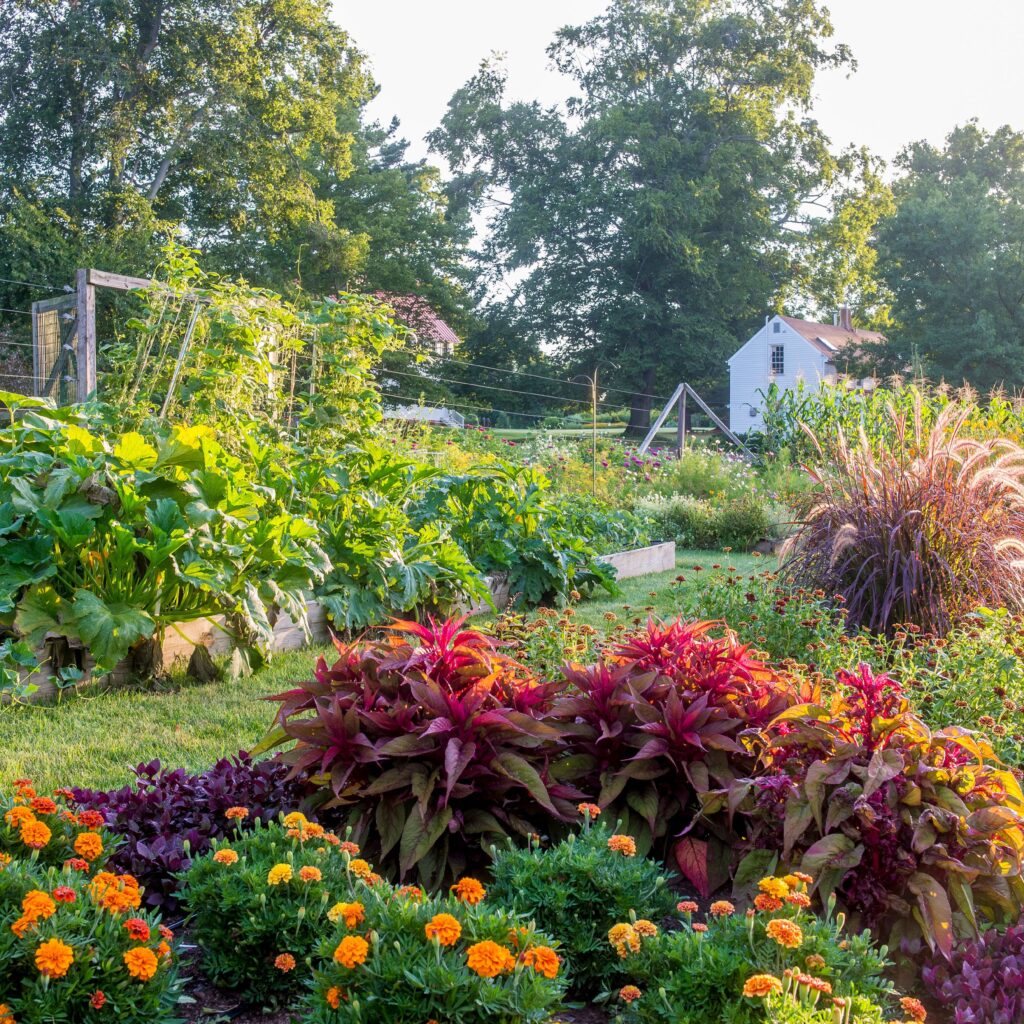
Why It’s Special:
Nasturtiums are one of the most versatile garden plants because both their flowers and leaves are edible. Their round, lily-pad-like leaves are highly decorative, while their bright flowers add cheerful splashes of orange, red, and yellow. The leaves have a peppery flavor similar to watercress.
Garden Beauty:
- Attractive ground cover or trailing plant for hanging baskets and borders.
- Continuous blooms brighten gardens throughout the season.
Culinary Uses:
- Young leaves add a spicy kick to salads.
- Can be used as wraps for appetizers.
- Flowers and leaves both make beautiful garnishes.
- Leaves can be blended into pestos for a unique flavor twist.
Care Tips:
- Grows easily in poor soil—too much fertilizer reduces blooms.
- Thrives in full sun but tolerates partial shade.
- Drought-tolerant once established, making it low-maintenance.
Why Choose Edible Leaf Plants for Your Garden?
Planting edible-leaf varieties provides a dual purpose—aesthetic appeal and fresh, homegrown nutrition. These plants can:
- Save money by reducing grocery bills.
- Boost health with fresh, chemical-free greens.
- Encourage creativity in cooking with new flavors.
- Enhance biodiversity by attracting pollinators and beneficial insects.
Moreover, combining ornamental beauty with edible value makes your garden more sustainable and rewarding.
Final Thoughts
Gardening is not just about cultivating beauty—it’s about cultivating life. By growing plants with edible leaves like Swiss chard, kale, spinach, Malabar spinach, and nasturtiums, you enrich your garden with vibrant colors and textures while also filling your kitchen with fresh, nutritious greens.
Whether you’re a beginner gardener or an experienced enthusiast, these plants prove that gardens can be both visually stunning and deeply practical. With just a little care, your green space can turn into a living pantry, offering endless beauty and taste throughout the seasons.
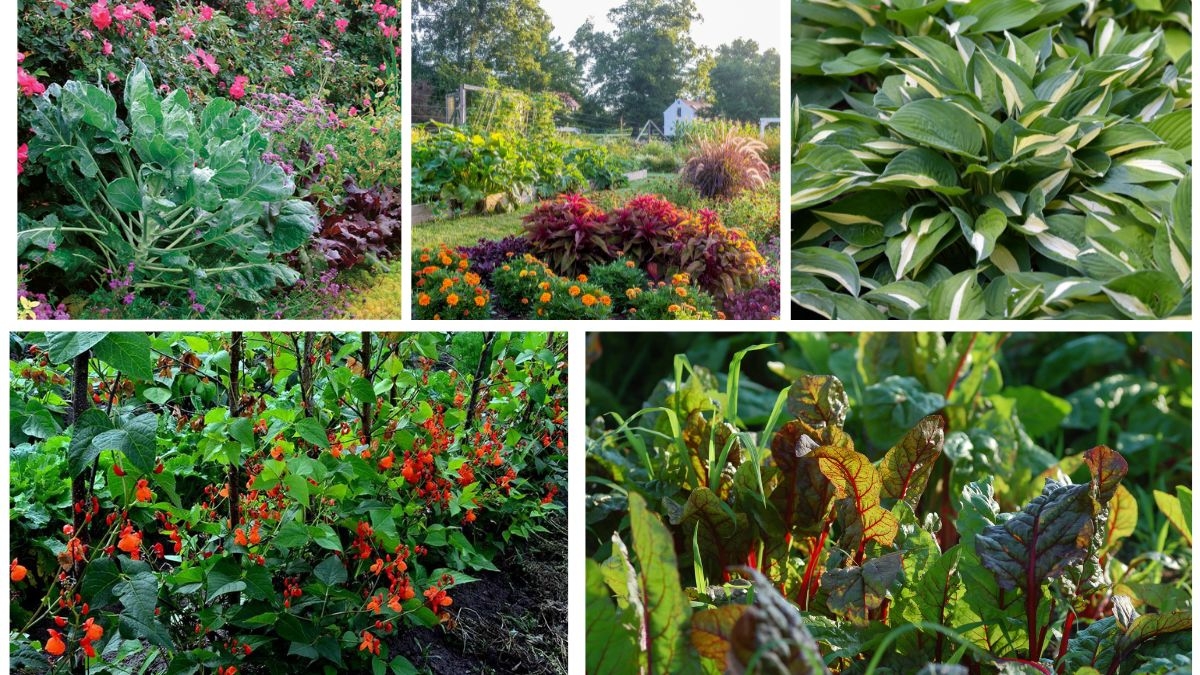

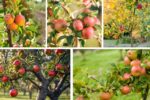

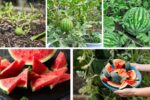

Leave A Comment